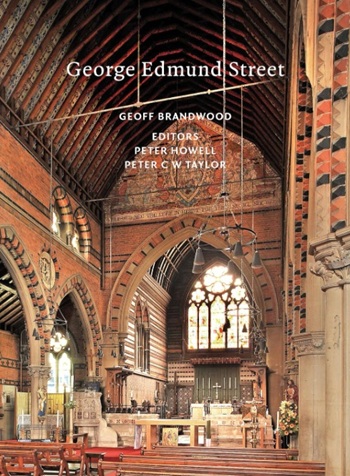Facade composition
A façade is a primary exterior face of a building. It generally comprises the main entrance to the building and the most elaborate architectural features.
A façade is the most public face of a building, it is of vital importance because it can attract customers, users and so on to come to a building. Good façade design improves the overall image a place, it promotes togetherness, business activities, vibrancy and so on.
The architectural composition in the design of a façade consist of forms, elements, details, materials, textures and finishes. These create the architectural character and design theme of a building.
- Façade form, refers to a shape or configuration of a façade.
- Façade elements refers to decorative architectural elements that include cornices, architraves, windows and other elements that can be raised and contoured thus supplying the façade plasticity.
- Façade details are characteristic features that enhance its aesthetics and give character. Façade details may have an architectural styled, whether modern, postmodern, classical, gothic and so on.
- Façade materials, refers to materials used in the construction and design of façade. They range from masonry, metal, glasses, EIFS (Exterior Insulation and Finish System); stucco, cementitious (Fiber cement siding), precast concrete and so on.
- Façade texture, is the property of smoothness, softness, coarseness of a surface or the structural character of a solid object or granular material. Façade pattern may also be considered as a texture.
- Façade finishes are materials installed along the wall surface to enhance its thermal and weather resistance and amplify its aesthetics. Façade finishes include brick finishes, wood, metal, ceramic, concrete, composites, stone, metal, plastic and so on.
- Façade styles and character, refers to the architectural style of the design -classifying buildings into semantic categories belonging to certain periods, regions, and cultural influences. Façade styles comprise of arrangement of architectural structural elements like windows, domes, towers, columns, doors, eaves, etc.
- Windows and doors may cover a large area compared to other elements. Simple and clear windows can add to attractiveness of the façade, repetition and scale of both windows and doors create a pattern which if not well designed can create a cluttered appearance.
- Façade colour, should be considered in respect to sunlight, context and so on, this helps to determine how the colour will appear to the eyes. A well-designed façade complements and responds to architectural character and details.
- Lighting, Illuminates the façade surfaces, signs, doors, windows and so on. Flashing, pulsating and moving lights draw attention to façade.
[edit] Related articles on Designing Buildings Wiki
Featured articles and news
One of the most impressive Victorian architects. Book review.
RTPI leader to become new CIOB Chief Executive Officer
Dr Victoria Hills MRTPI, FICE to take over after Caroline Gumble’s departure.
Social and affordable housing, a long term plan for delivery
The “Delivering a Decade of Renewal for Social and Affordable Housing” strategy sets out future path.
A change to adoptive architecture
Effects of global weather warming on architectural detailing, material choice and human interaction.
The proposed publicly owned and backed subsidiary of Homes England, to facilitate new homes.
How big is the problem and what can we do to mitigate the effects?
Overheating guidance and tools for building designers
A number of cool guides to help with the heat.
The UK's Modern Industrial Strategy: A 10 year plan
Previous consultation criticism, current key elements and general support with some persisting reservations.
Building Safety Regulator reforms
New roles, new staff and a new fast track service pave the way for a single construction regulator.
Architectural Technologist CPDs and Communications
CIAT CPD… and how you can do it!
Cooling centres and cool spaces
Managing extreme heat in cities by directing the public to places for heat stress relief and water sources.
Winter gardens: A brief history and warm variations
Extending the season with glass in different forms and terms.
Restoring Great Yarmouth's Winter Gardens
Transforming one of the least sustainable constructions imaginable.
Construction Skills Mission Board launch sector drive
Newly formed government and industry collaboration set strategy for recruiting an additional 100,000 construction workers a year.
New Architects Code comes into effect in September 2025
ARB Architects Code of Conduct and Practice available with ongoing consultation regarding guidance.
Welsh Skills Body (Medr) launches ambitious plan
The new skills body brings together funding and regulation of tertiary education and research for the devolved nation.
Paul Gandy FCIOB announced as next CIOB President
Former Tilbury Douglas CEO takes helm.






















